The incredible story of how Pluto has been propelled from an unremarkable ball of ice on the edge of the solar system to a world of unimaginable complexity – where some form of alien life might exist.
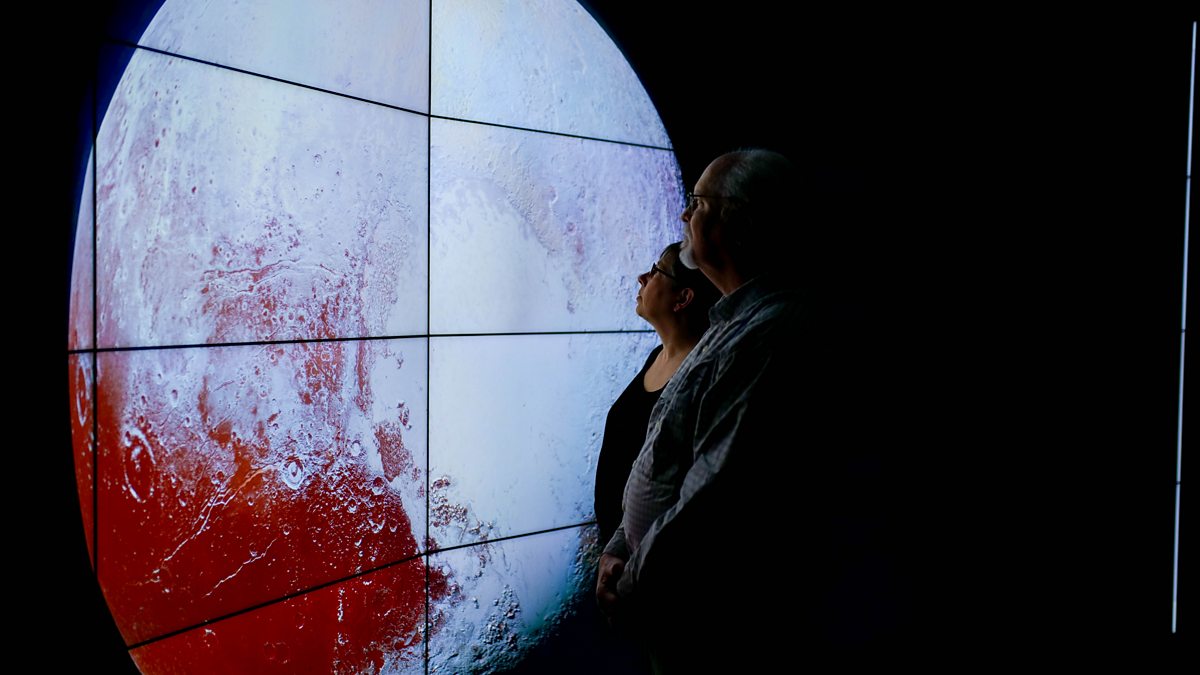


The incredible story of how Pluto has been propelled from an unremarkable ball of ice on the edge of the solar system to a world of unimaginable complexity – where some form of alien life might exist.
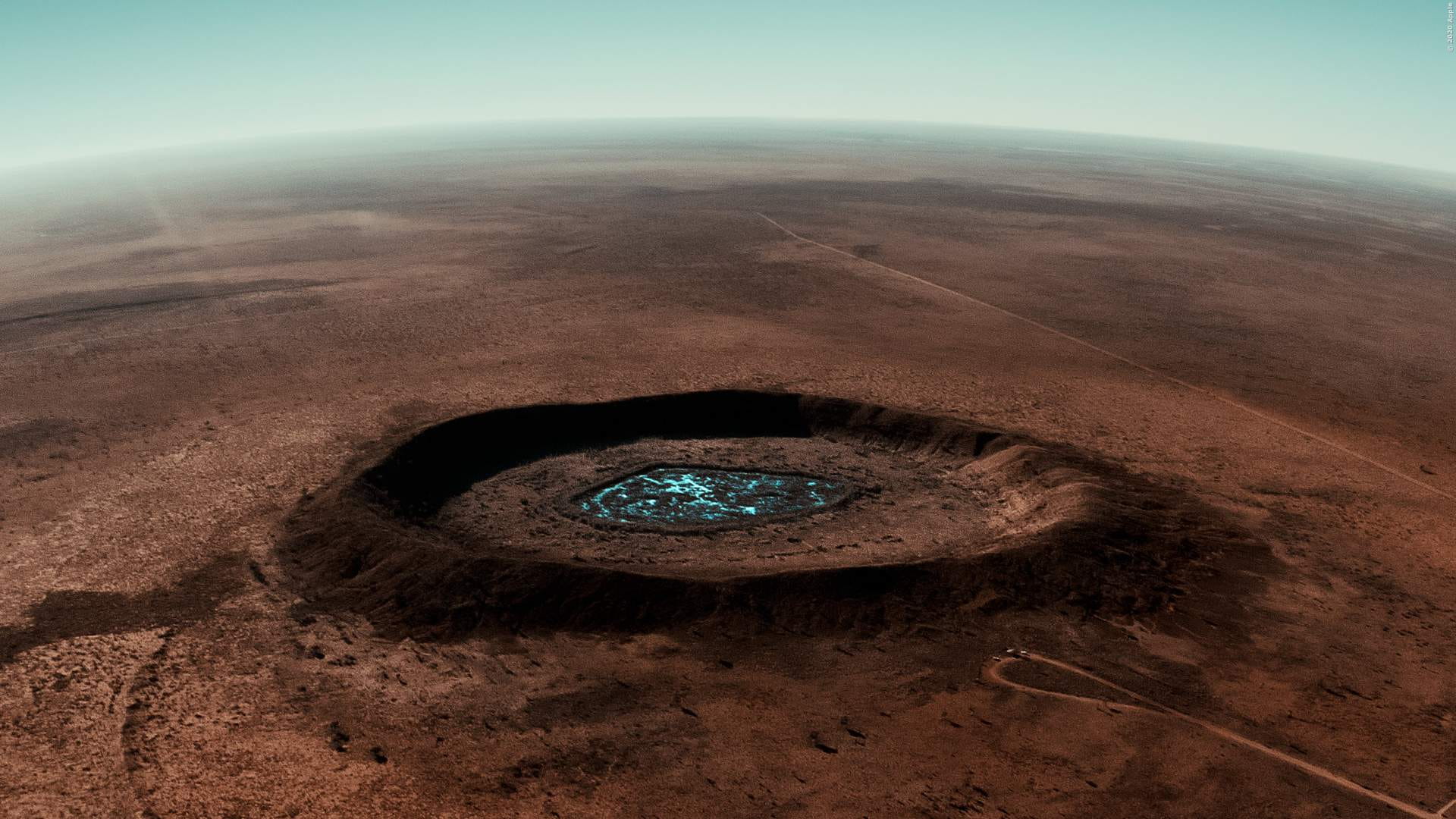
A new documentary from Werner Herzog about meteors and comets and their influence on ancient religions and other cultural and physical impacts they’ve had on Earth.
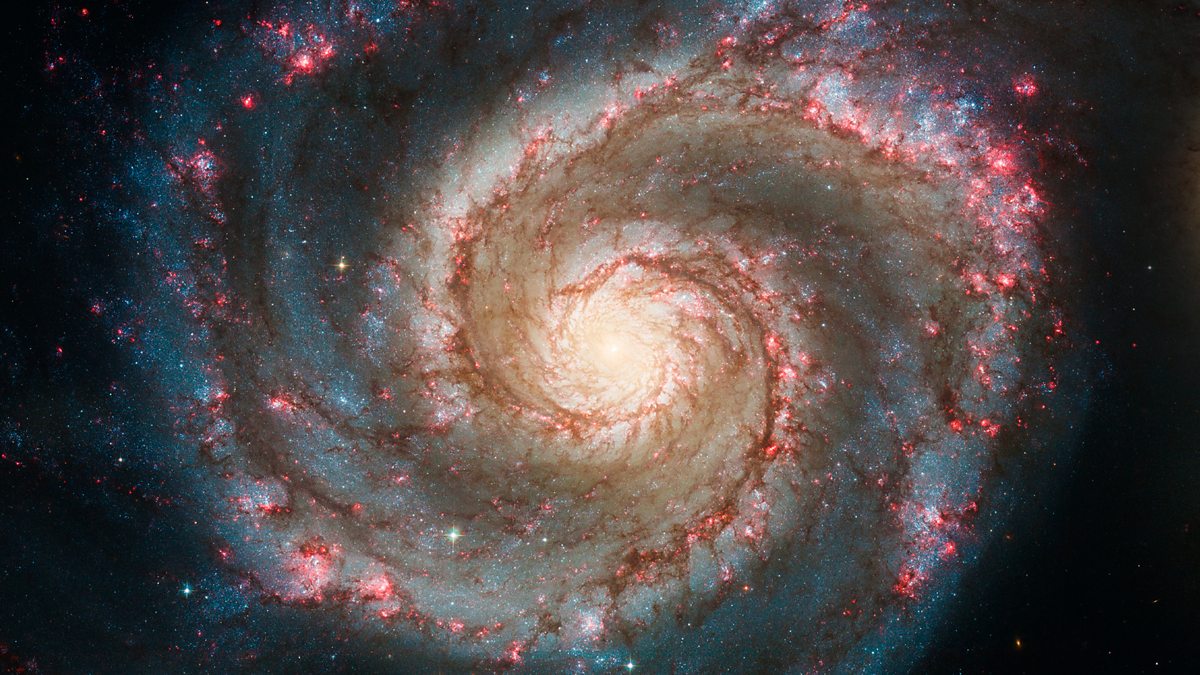
To celebrate the 30th anniversary of its launch, this film tells the remarkable story of how Hubble revealed the awe and wonder of our universe and how a team of daring astronauts risked their lives to keep it working.
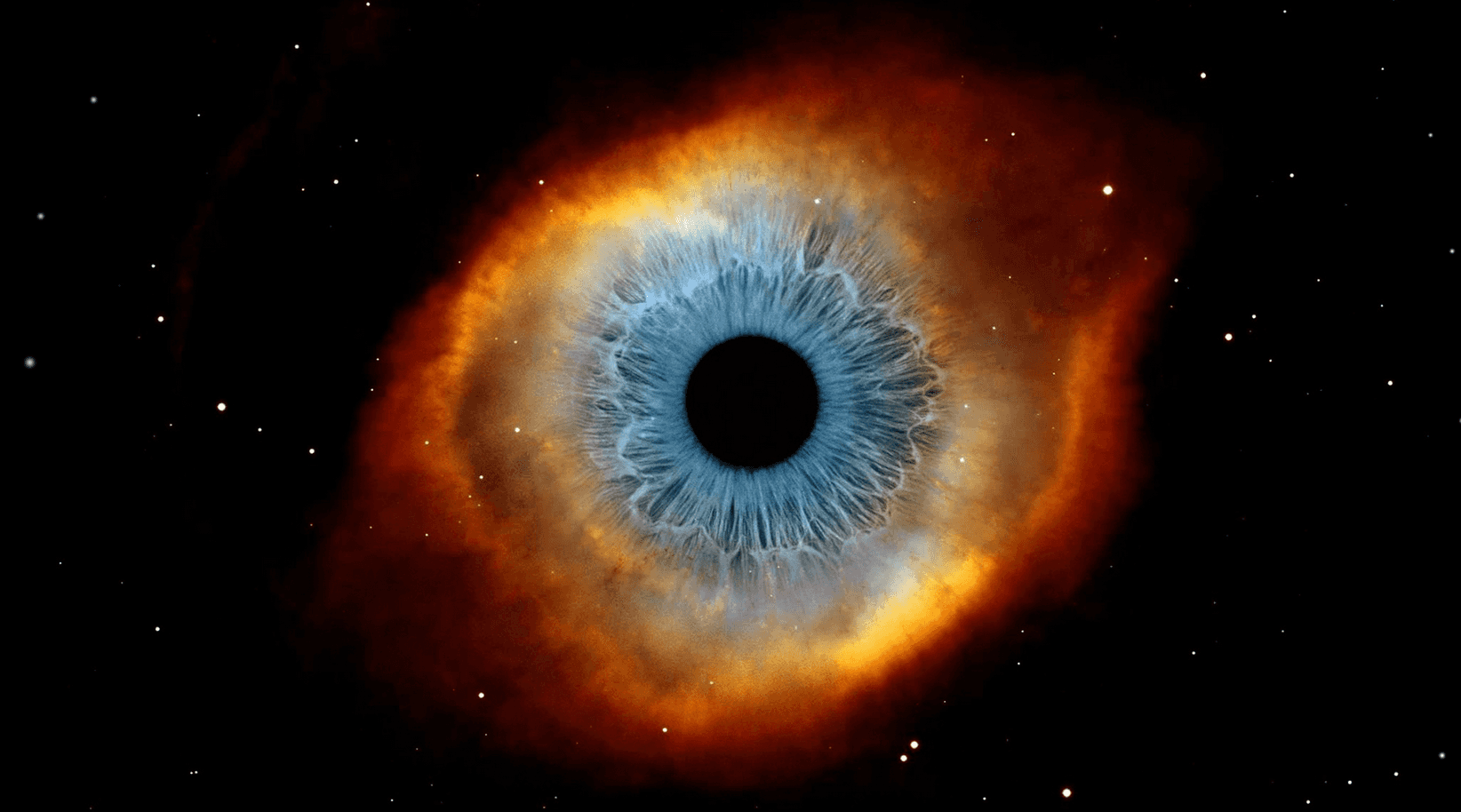
Following the wildly successful “Cosmos: A Spacetime Odyssey,” Neil deGrasse Tyson returns as host to translate more revelations of science into a lavish transporting experience, taking audiences on a series of spiritual voyages of exploration. The show reveals previously uncharted realms, including lost worlds, worlds yet to come, and the worlds that humans may one day inhabit. Ann Druyan, original creative collaborator to Carl Sagan, whose iconic docuseries “Cosmos” provided inspiration for this series, serves as executive producer alongside Seth MacFarlane.
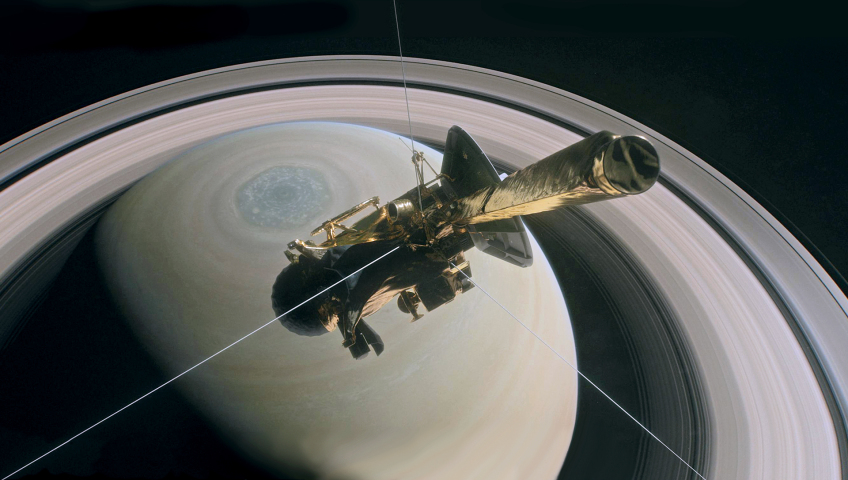
Almost everything we know today about the beautiful giant ringed planet comes from Cassini, the NASA mission that launched in 1997 and arrived at Saturn in 2004. Since then, the space probe has been beaming home miraculous images and scientific data, revealing countless wonders about the planet, its rings and 62 moons – including some that could harbor life. As the mission approaches its final days in 2017, it attempts one last set of daring maneuvers – diving between the innermost ring and the top of Saturn’s atmosphere. Aiming to skim less than 2000 miles above the cloud tops, no spacecraft has ever gone so close to Saturn, and hopes are high for incredible observations that could solve major mysteries about the planet’s core. But such a daring maneuver comes with many risks and is no slam dunk. In fact, slamming into rocks in the rings is a real possibility. Join NASA engineers for the tense and triumphant moments as they find out if their bold re-programming has worked, and discover the wonders that Cassini has revealed over the years.
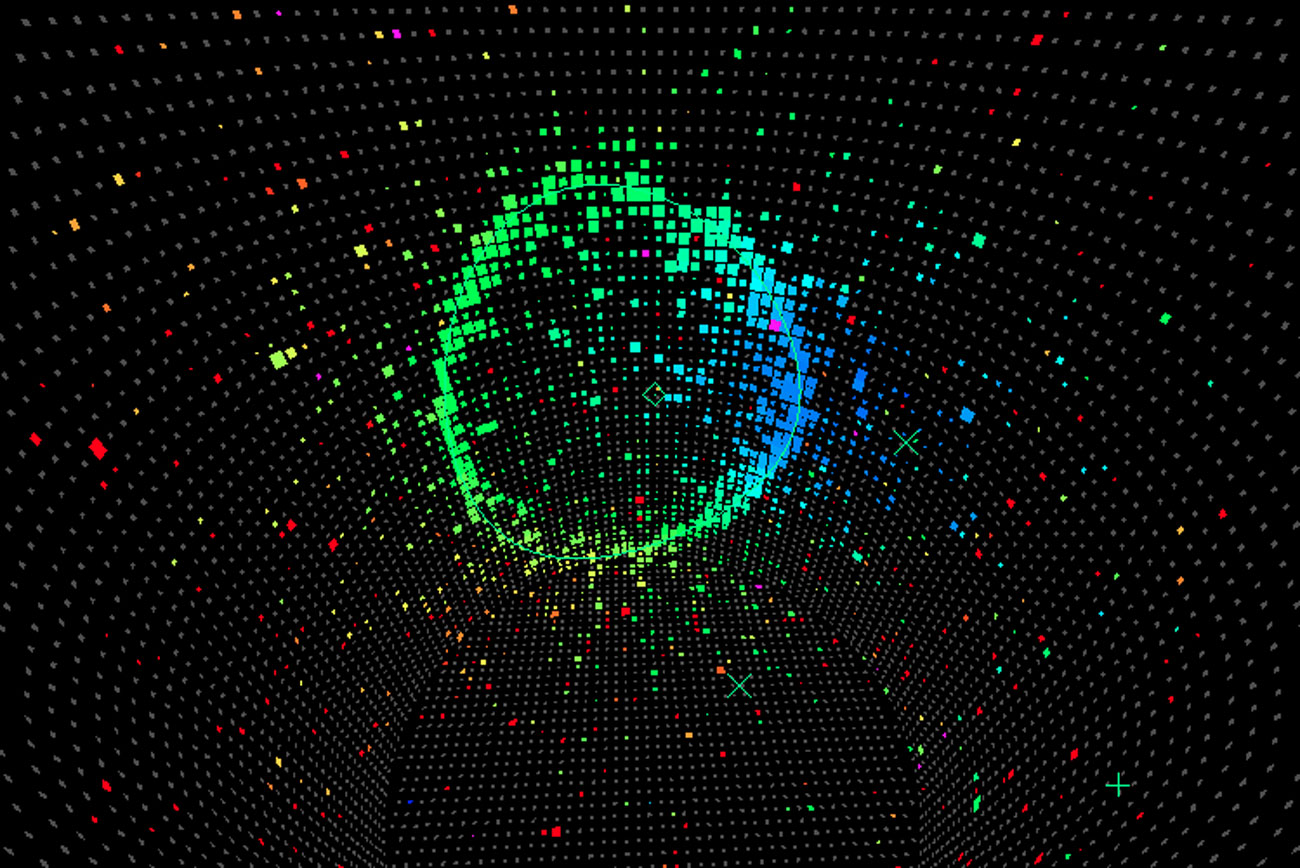
Messages from the Edge of the Universe: a documentary about neutrinos and black holes.
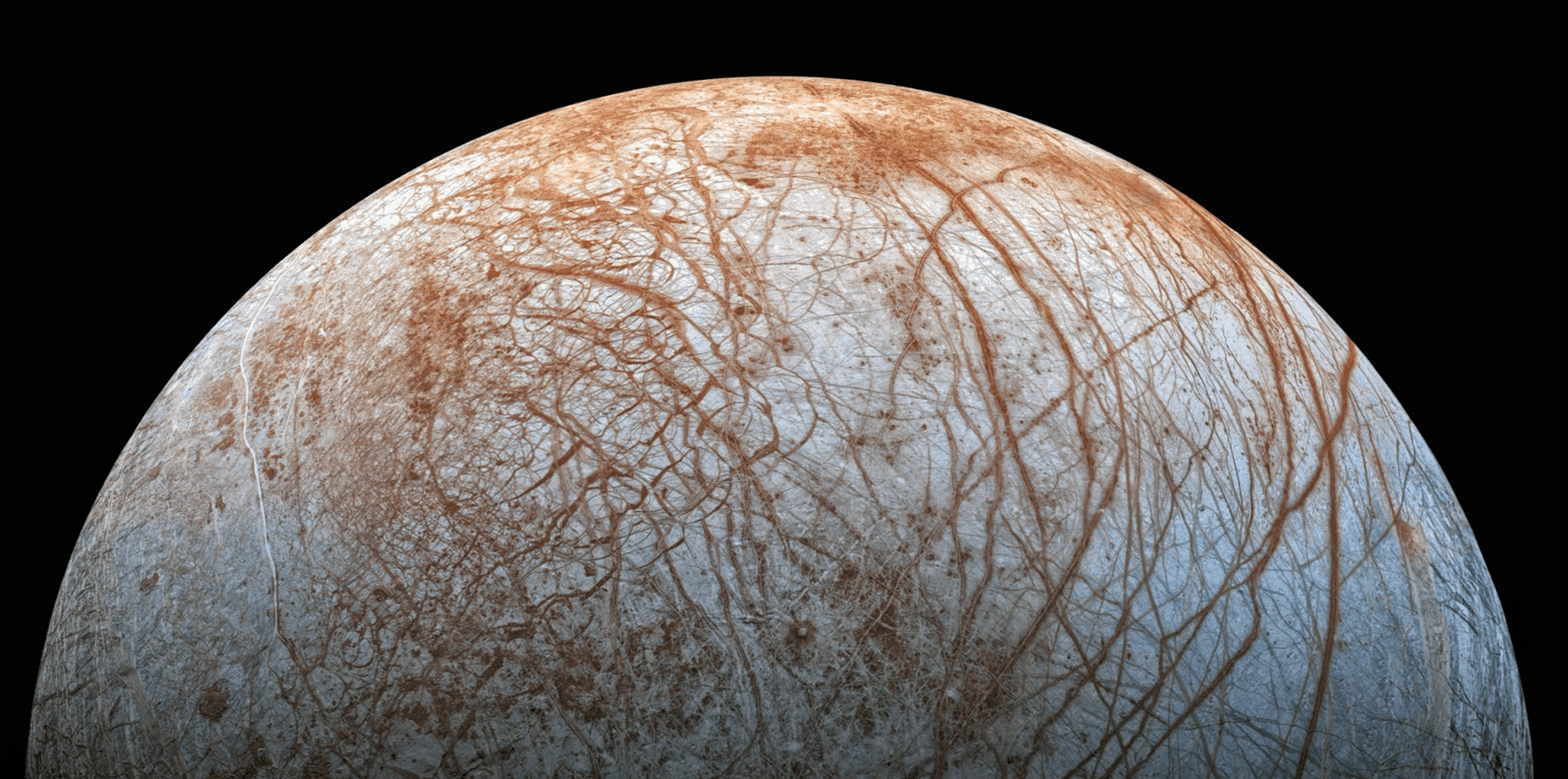
Europa – an icy moon of Jupiter 485 million miles away from Earth – may be our best hope for finding alien life in our solar system. Everywhere we find water on Earth, we find life. What does this mean for the search for life beyond Earth? Scientists believe that on Europa there is a liquid ocean buried beneath its icy crust.
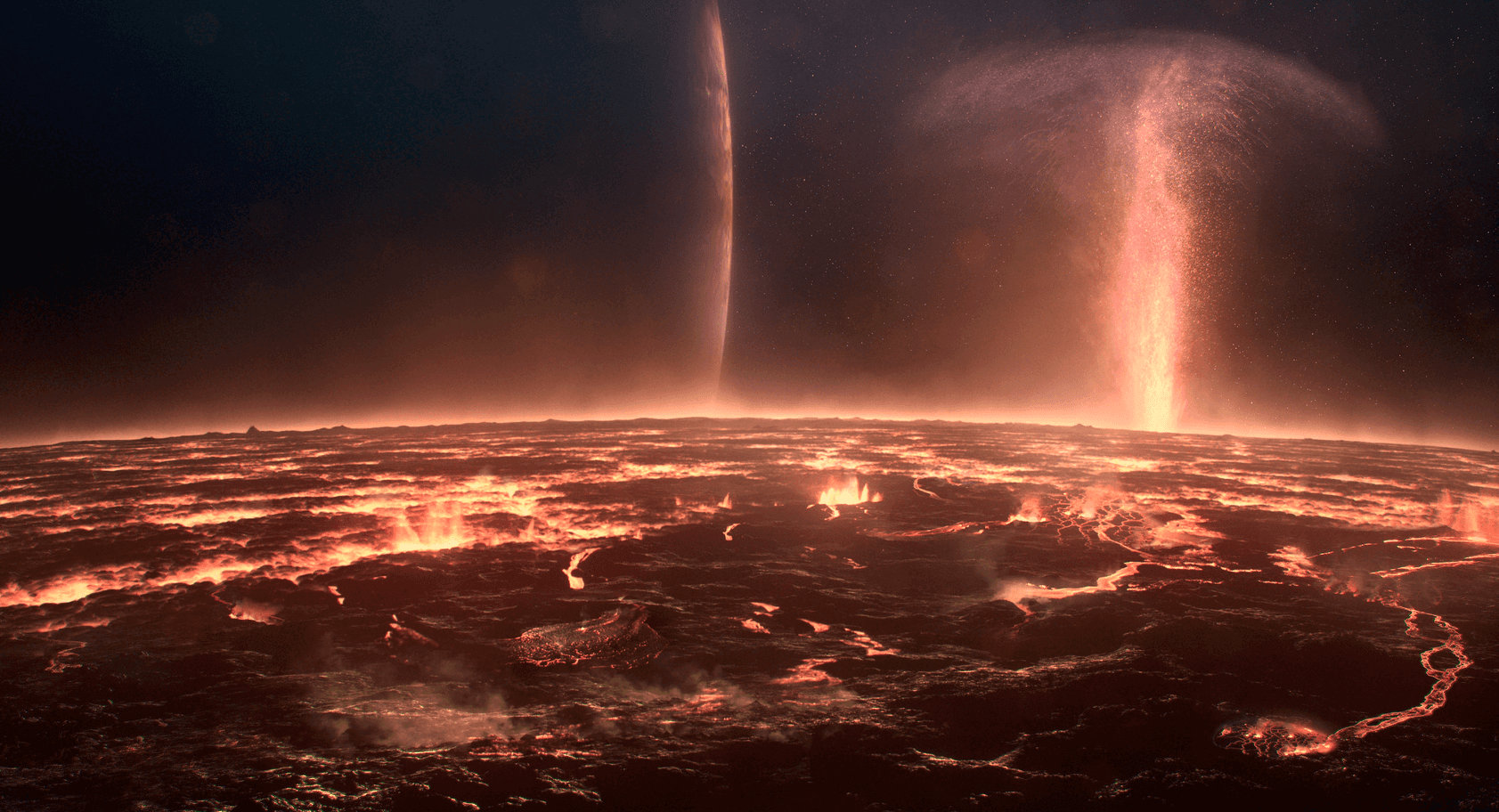
We think of volcanoes as some of the most powerful natural phenomena on earth – but they are nothing compared to the volcanoes we find elsewhere in the solar system. This month’s Sky at Night reveals the weird and wonderful world of volcanism on other planets and moons – from the giant extinct volcanoes of Mars to the tantalising possibility of continuing eruptions on Venus, and from the vast sulphur plumes of Io to the mysterious cryovolcanoes of Enceladus. An episode with the same name was broadcast in 2011.
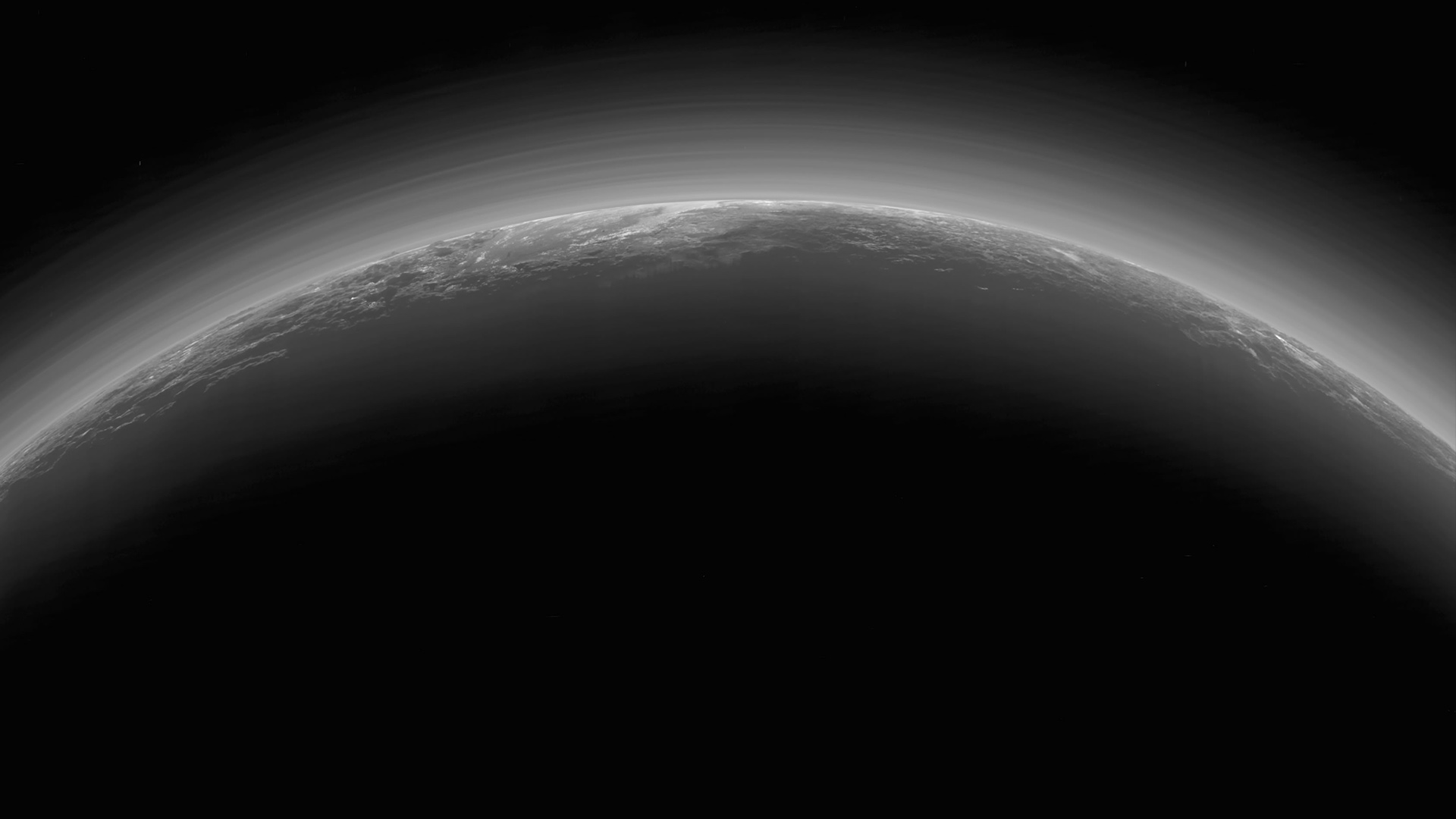
The New Horizons spacecraft zooms toward an object 4 billion miles from Earth.
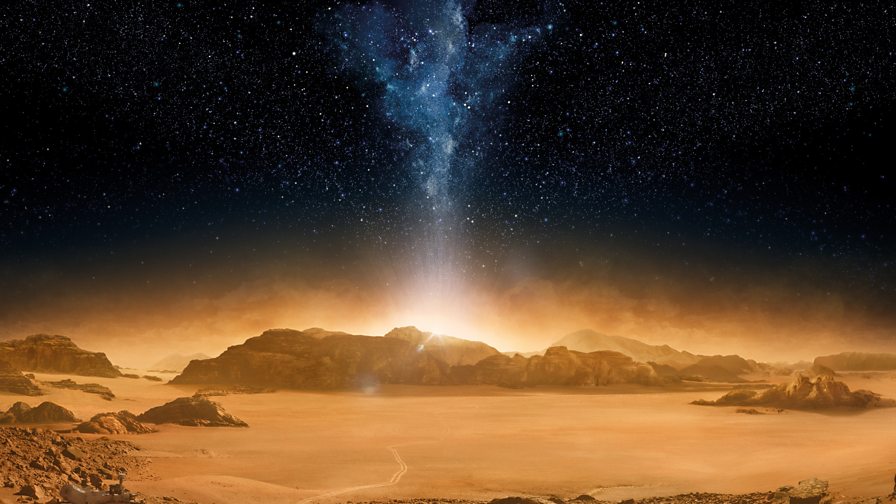
Professor Brian Cox explores the dramatic lives of the eight majestic planets/worlds that make up our solar system.
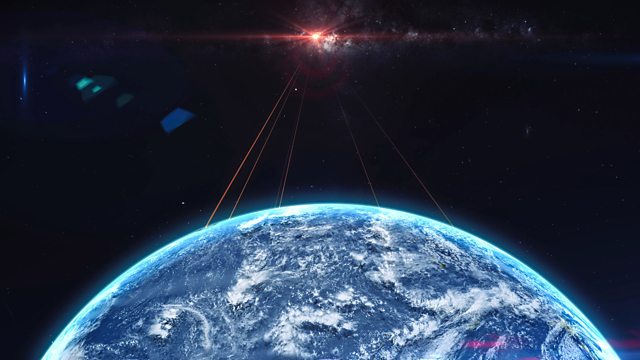
Documentary following researchers as they try to take the first-ever picture of a black hole. They must travel the globe to build a revolutionary telescope that spans planet Earth.
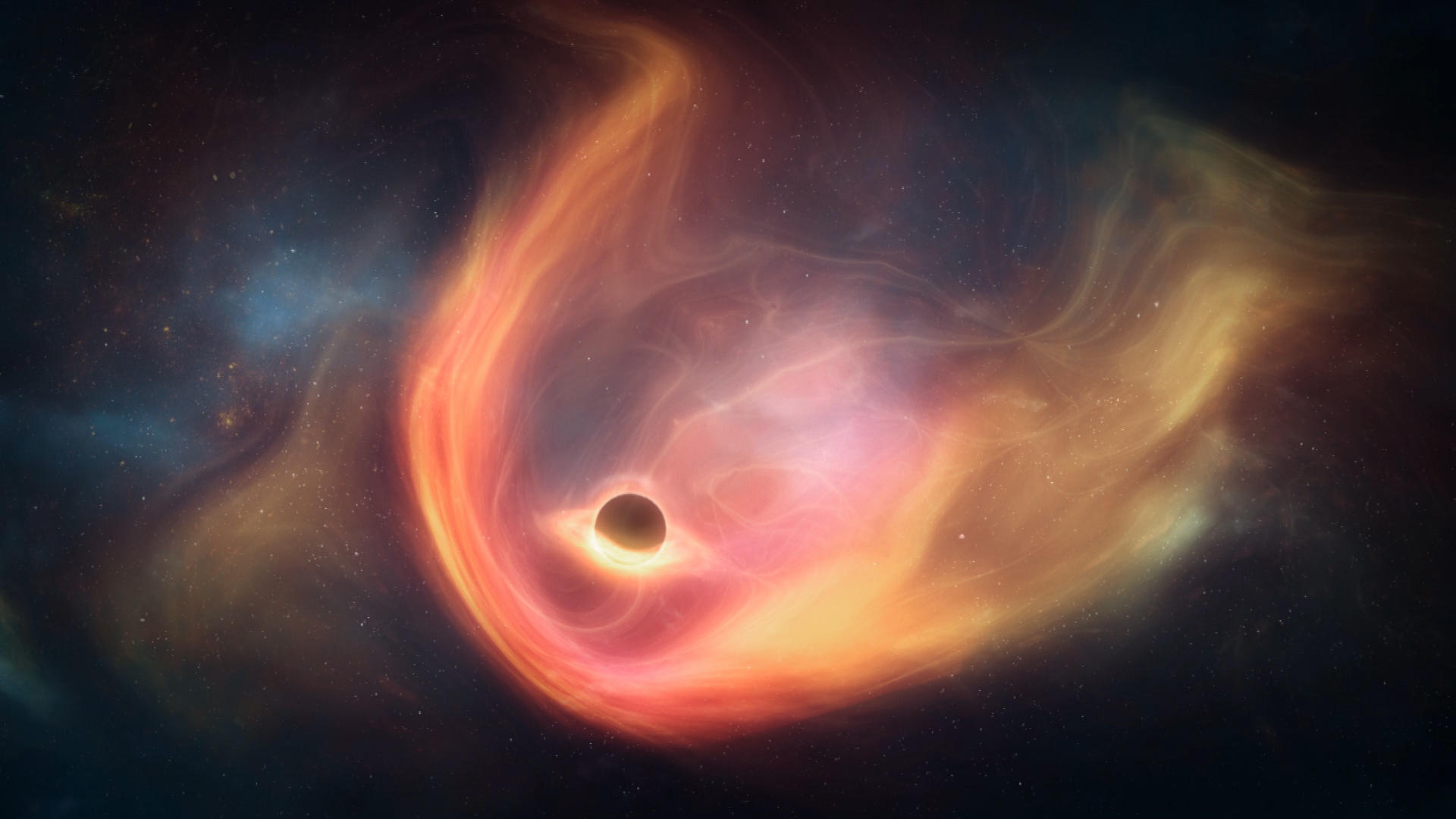
Favorite trailer magnet YEAR: 2010-2019 | LENGTH: 7 seasons, 62 episodes (~44 minutes each) | SOURCE: WIKIPEDIA description: A users guide…